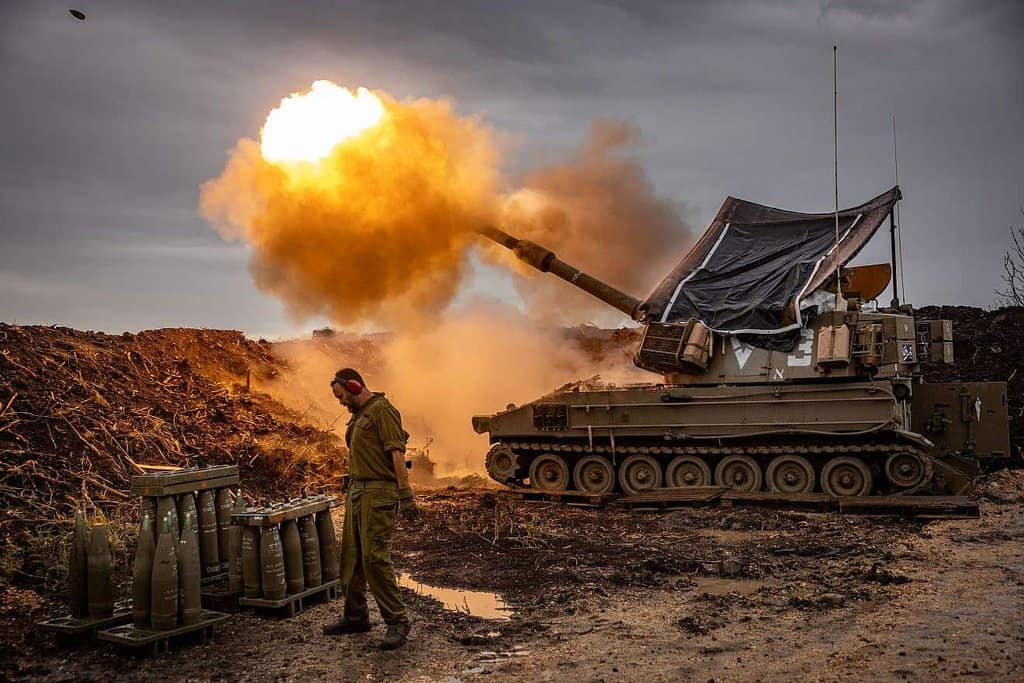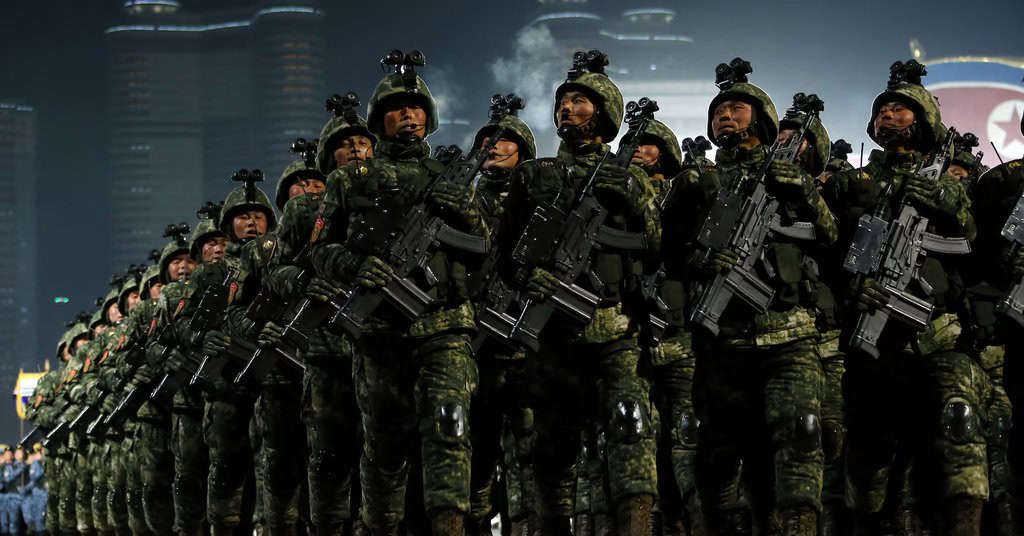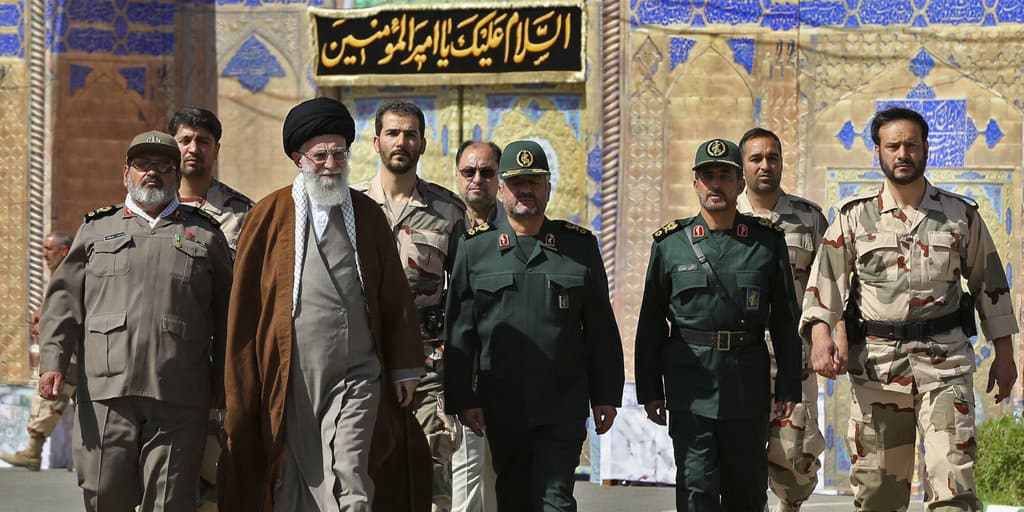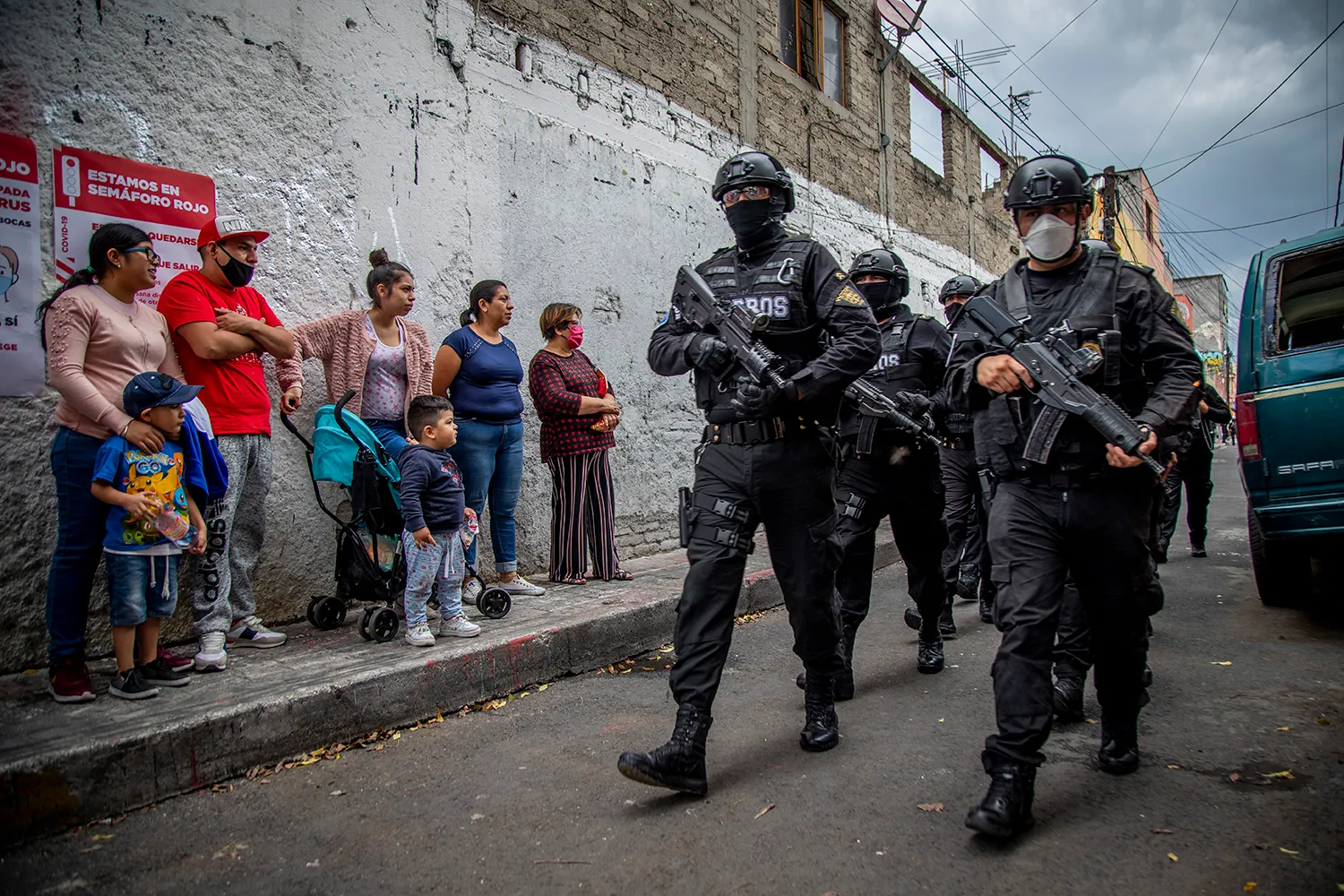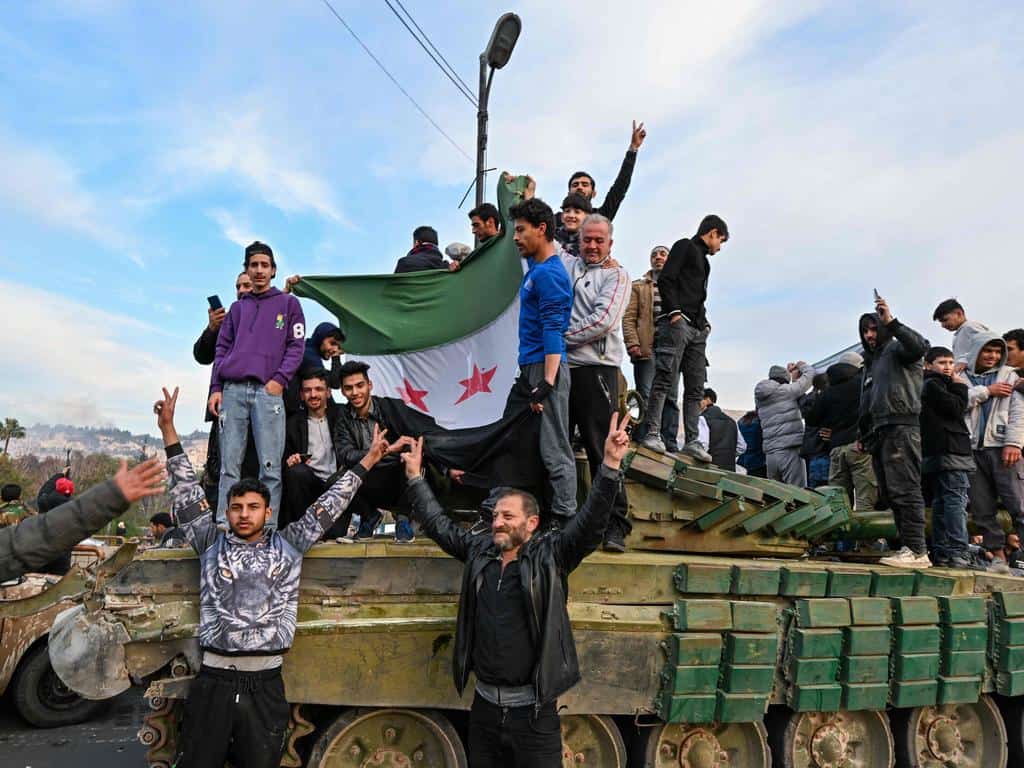The ongoing tensions between Israel and Hezbollah have drawn significant international attention, prompting the United States to advocate for a ceasefire plan, which has been promptly obtained exclusively in its PDF form by International Observer.



This initiative aims to establish a 60-day implementation period, focusing on enhancing security along the Israel-Lebanon border while addressing the complex dynamics of the region. Below, we break down the key elements of this proposal and what it could mean for peace efforts.
Overview of the Ceasefire Proposal
According to a draft agreement reported by Kan News, the US proposes that during the initial 60 days, the Lebanese Armed Forces (LAF) will be deployed to the southern border and tasked with confiscating arms belonging to Hezbollah. This move is designed to curb militant activity and bolster Lebanese sovereignty.
Transition of Forces
A critical component of the plan involves the withdrawal of Israeli Defense Forces (IDF) from Lebanon within seven days following the cessation of hostilities. During this transition, UN peacekeepers will facilitate the process to ensure stability. Ultimately, the plan envisions the presence of 10,000 LAF troops along the border to maintain peace and security.
Indirect Negotiations and UN Resolution 1701
Following the 60-day period, indirect negotiations between Israel and Lebanon are set to take place, mediated by the US. These discussions will focus on fully implementing UN Security Council Resolution 1701, which aims to resolve existing border disputes and enhance regional security frameworks.
Formation of the International Monitoring and Enforcement Mechanism (IMEM)
To further support the ceasefire, a new International Monitoring and Enforcement Mechanism (IMEM) will be established. This body will be chaired by the US and will include representatives from Italy, France, Germany, Spain, the United Kingdom, UNIFIL, and other regional nations. This diverse coalition is designed to ensure compliance with the terms of the ceasefire and address any emerging violations.
Israel’s Rights and Responses
The draft highlights Israel’s right to respond to any violations of the ceasefire agreement. Should Lebanon or the IMEM fail to address concerns related to weapons shipments or production, Israel retains the option to take military action, although it must first consult with the US. Additionally, Israel is permitted to conduct intelligence flights over Lebanese territory, provided these operations remain discreet.
Assurance of Self-Defense
Accompanying the main agreement is a draft side letter affirming Israel’s right to self-defense. This document underscores the US commitment to play a pivotal role in overseeing the ceasefire’s implementation and ensuring that Lebanon adheres to its obligations.
Current State of Negotiations
As news of the proposal circulates, White House National Security Council spokesperson Sean Savett has issued a statement clarifying that various drafts are being discussed but do not necessarily reflect the current status of negotiations. This indicates that while progress is being made, there is still much work to be done before a final agreement can be reached.

